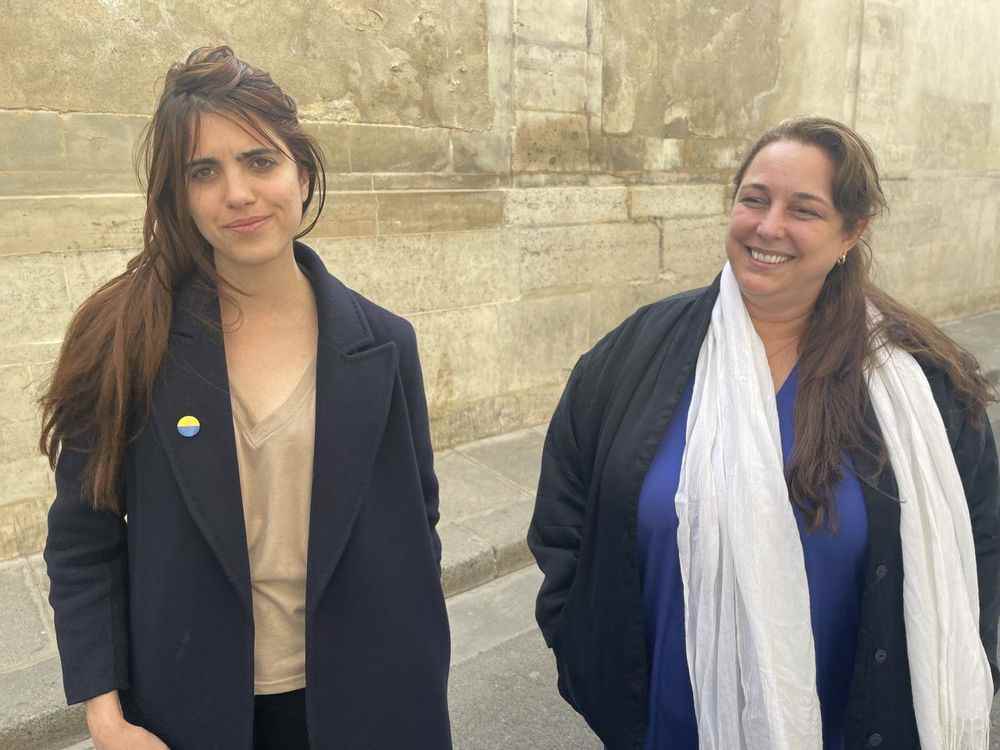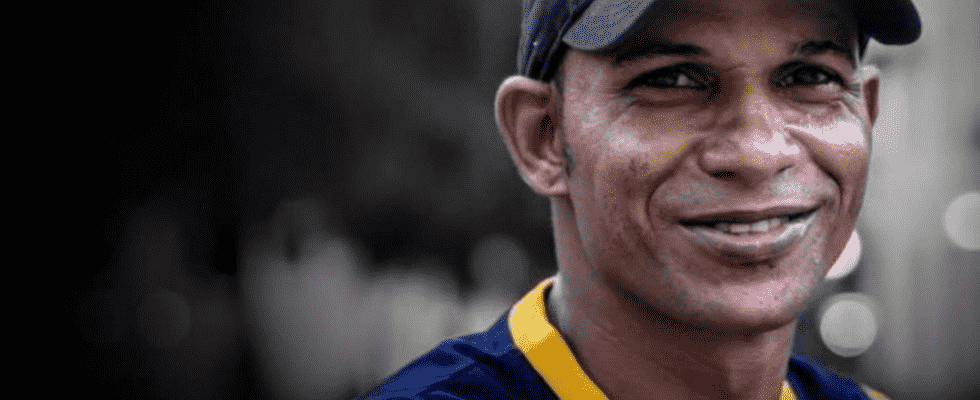Last November in Las Vegas, rapper Maykel Osorbo and artist-performer Luis Manuel Otero Alcantara received two Latin Grammy Awards for their song Patria y Vida sacred “best song of the year”. Meanwhile in Cuba, where these two Afro-Cubans have been imprisoned for a year, the government has a whole different kind of… “reward” in store for them. Judged from Monday, May 30 and until the next day for defamation against the State, they risk up to… ten years of tropical gulag. Like all political trials on the communist island, the procedure will not be fair.
The crime of “Maykel” and “Luis Manuel”? Have composed a song that hijacks the revolutionary slogan Patria o Muerte (homeland or death) to talk about a better future. Worse: their hymn to freedom quickly became a hit. “No more lies / The people demand freedom, no more doctrine / Let’s no longer cry Homeland or Death but Homeland and Life”, says the text of their “compo” which evokes “sixty years of repression” and “contempted dignity”. A few days after its release sixteen months ago, the song is a hit on YouTube. And contributes to galvanize the little people who, courageously, rise up a few months later, on July 11, during a monster, spontaneous and unprecedented demonstration. Unheard of since the start of the Cuban revolution in 1959.
“Since the war of independence against the Spaniards (1895-1898), the world of the arts has always played an important role in the struggle for freedom in Cuba, like the poet and martyr José Martí who fell in the Battle of Dos Rios in 1895, then other writers like Ruben Martinez Villena or the art critic Guy Perez Cisneros”, explains art historian and activist Carolina Barrero, in exile for several months in Spain. “Cuba can be compared to the Czechoslovakia of Vaclav Havel, where the small group of artists around the playwright kept the flame of the opposition going”, adds visual artist Tania Bruguera, speaking of the one who became president of the republic (from 1993 to 2003) after having been a dissident intellectual during the dictatorship.
“The artistic community does not accept going back”
For its part, the Cuban revolution – which, in the 1960s, banned the Beatles and miniskirts! – has long exploited filmmakers and musicians for the benefit of its propaganda. “In the theatre, continues Barrero, the rare criticisms were indirect or allusive. But times are changing. .” Even the troubadour Silvio Rodriguez, who has long been considered an “official artist”, feels obliged to express his disagreement and distance himself.
Imprisoned in inhuman conditions, the Cuban rapper Maykel Osorbo sees his health deteriorate dangerously.
Maykel Osorbo
Since the mediocre apparatchik Diaz-Canel came to power, the tension between the state and the cultural world is accelerating. The reason ? Shortly after his arrival, the new president issued Decree-Law 349, which limits artistic freedom and legalizes censorship. “After the relaxation that began two years earlier during Barack Obama’s visit to Havana, the artistic community has not accepted this step backwards”, continues Tania Bruguera, an internationally recognized artist who devotes herself to video art and performances – for example, it installed a microphone in Revolution Square, where Fidel Castro gave his speeches, to encourage people to speak out.

In prison, the health of Cuban artist Luis Manuel Otero Alcantara, who appears in the “Patria y Vida” clip and who belongs to the San Isidro artist movement, is deteriorating dangerously.
Coll. personal
From 2018, the disastrous decree-law 349 triggers a series of demonstrations by artists, which culminates in 2020 and 2021 in front of the Ministry of Culture. At that time, the San Isidro movement, made up of artists established in this popular district of the capital, was born. Barricaded for a long time in an apartment in Havana, the latter are violently expelled from their squat by the police. Some are arrested. Sorti in February 2021, the tube Patria y Vida comes from this group.
“The order to fight is given”
In April of that same year, two of its co-authors, Maykel Osorbo and Luis Manuel Otero Alcantara, were imprisoned. Three months pass and, on July 11, Cuba experiences the largest demonstration in its history. Without too much political sense, the Head of State takes out the heavy artillery: “The order to fight is given”, brutally declares the Stalinist Diaz-Canel. Currently, a thousand protesters are still behind bars. Some are minors. Many are poor. And many are black.

Art historian Carolina Barrero (left) and famous artist Tania Bruguera, in Paris, in May 2022. They are trying to alert international opinion to the repression that is falling on Cuban artists .
Photo: A. Gyldén
“However, because of racial prejudices, says the artist Anamely Ramos who was a professor at the University of Arts in Havana (before being expelled for “deviationism”), black political prisoners are the most mistreated. Also , the regime presents them more easily as common delinquents. With their connections outside, whites generally have a better chance of being released.”
In exile in Paris, Ileana de la Guardia, of the association France for Democracy in Cuba, adds: “There is something deeply perverse in the way the regime treats blacks. When they oppose he naturally considers them as ‘traitors to the revolution.’ In the logic of power, blacks are not supposed to contest the revolution… since, according to Castroism, it saved them from their condition !”
From the depths of their cells, Afro-Cuban rappers can expect to receive a double punishment. For them the only hope is expulsion. Because, these days, explains Anamely Ramos, artist and ex-teacher in exile in the United States, “power leaves only three options to Cuban artists: to shut up, to rot in prison or, if this option is offered to them, agree to a deportation that will make them exiles for an indefinite period.”
Axel Gylden
